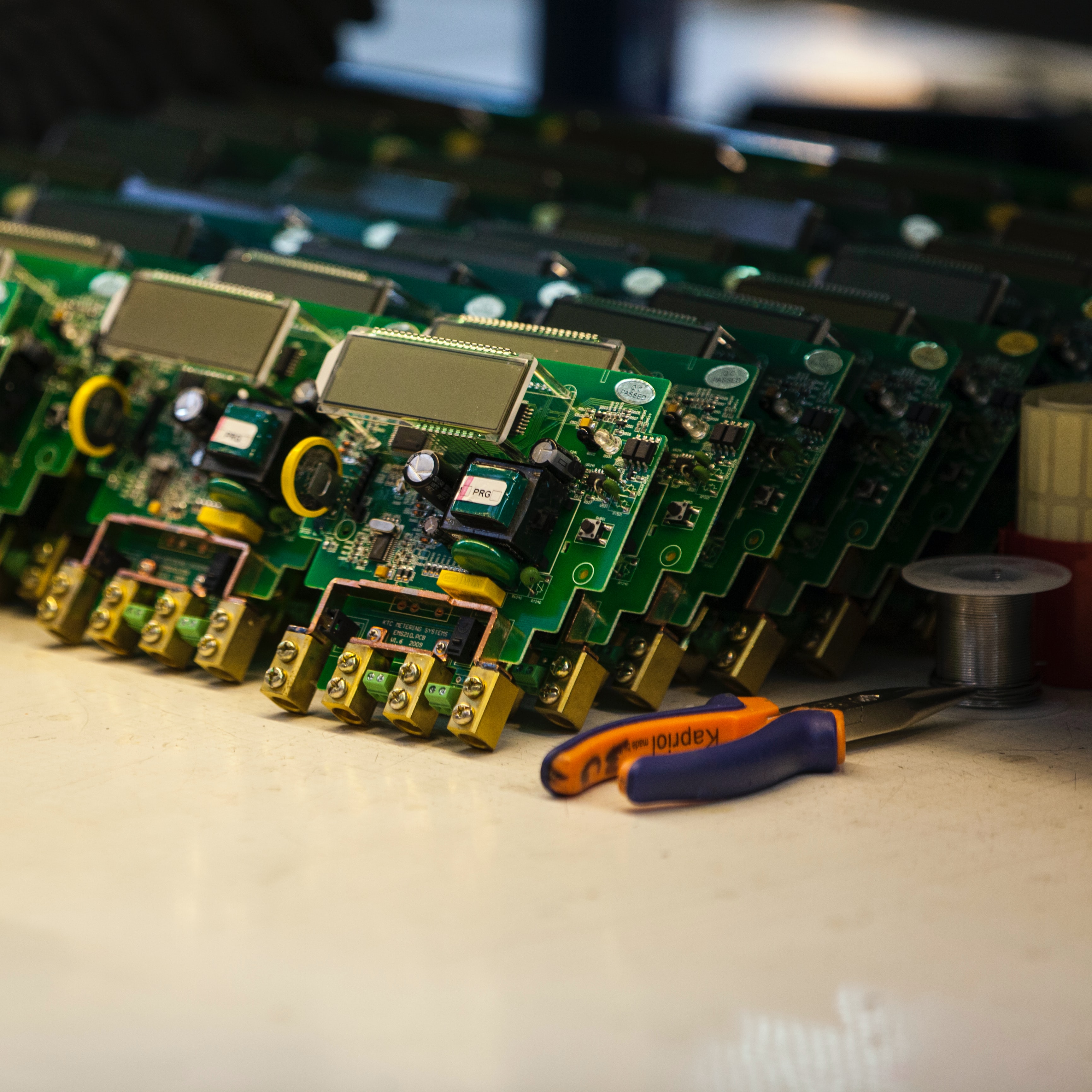1 min read
What is Cisco SMARTnet Alternative Maintenance and Support
Cisco server maintenance, in addition to SmartNet services, is a reliable way of protecting your data and IT support. These are award-winning and...

Each year, editors of Britain’s Collins Dictionary select a word of the year; the one word that they believe best epitomizes the global trends and culture of that year. The 2018 word of the year? Single-use. Let’s take a minute to unpack that.
From straws and water bottles to plastic bags and roughly one of third of the food produced ends up in landfills, the ocean or as roadside litter. Fact is, we live in a throw-away society. Consumerism leads us to think that when things break—phones, cars, and even relationships, we replace them instead of fixing them. Most times, we don’t even wait till they break; the service life of more and more items ends as soon as a more attractive model is available.
Our penchant for waste, especially in the U.S., is prodigious and is fueled by unimpeded consumerism. Unfortunately, that consumerism isn’t limited to consumer purchases; it has become part of our business strategies as well, especially if you’re a manufacturer and particularly for manufacturers of technology.
Much is made about the concept of planned obsolescence. The design and manufacture of products designed to be replaced before they reach the end of their serviceable life. Apple is often held up as the poster child of planned technology obsolescence.
Network hardware OEMs like Cisco do it as well. It is common for these manufacturers to announce the end-of-life retirement for popular switches, routers, servers and optical gear three to five years after being launched. In most cases, the components have at least another five years of productivity left when they are put out to pasture. Yet, too many network managers don’t question the decision. They simply follow the OEM’s network hardware lifecycle.
The effects on the environment are well-documented (e-waste accounts for approximately 70 percent of all toxic waste created worldwide). The practice of throwing away perfectly good equipment promotes a culture of waste that compromises the viability of the enterprise. But what if, instead, network managers pursued a strategy based on optimizing value?
There is a growing trend away from the accelerated OEM-dictated purchasing cycle and toward a more value-based approach that extends the equipment’s serviceable lifespan. Working with certified used network equipment partners like Edgeium, network managers accomplish two very important objectives.
The longer-term benefits of a certified pre-owned purchasing strategy are two-fold as well. Finding an equipment partner you trust enables you to escape the artificially abbreviated OEM product purchase cycle and regain control of when and what you buy.
If you are using a switch that you like, you can continue using it long after the OEM has stopped supporting it. Qualified partners, such as Edgeium who offers CCIE-certified OEM maintenance, support most previous-gen hardware and provide an excellent SMARTnet alternative. When a single switch reaches the end of its serviceable life, you can replace just the one instead of all of them.
Third Party Maintenance (TPM) refers to ongoing support for server, storage and network equipment. CovrEDGE supports your IT assets beyond OEM warranty in a safe, smart and price-minded way. It is a solution that has been growing in popularity. If you think about acquiring used network equipment, a vendor like Edgeium can offer you post-warranty support in timeframes that start from 3 months. Keep one maintenance contract for multi-vendor hardware supported by certified Engineers. You can extend the lifetime of your current network over 5 years after the end of sales.
Third-party maintenance can unlock your hardware from support limitations to boost equipment longevity, even for end-of-life products.
“Gartner has seen very few customers look to move equipment back to OEM maintenance once it has been moved to a TPM because overall satisfaction with TPMs is good and the savings are dramatic.”
Source: Gartner Market Guide for Data Center and Network Third-Party Hardware Maintenance.
We encourage you, IT managers and team members to critically analyze whether an equipment upgrade is the right decision ultimately results in smarter decisions in other parts of the network and enterprise, helping to reduce waste. Realizing there is a good alternative to following the OEM’s product roadmap is the first step in creating a more sustainable and successful business.

Subscribe to our Monthly Newsletter.
✅ Expert IT tips you can actually use
✅ Cost-saving solutions that boost ROI
✅ Straightforward insights — just value
All straight to your inbox.
No spam. No sales pitches. Just better networks.

1 min read
Cisco server maintenance, in addition to SmartNet services, is a reliable way of protecting your data and IT support. These are award-winning and...

Thomas Edison put it this way, “Waste is worse than loss …. Every person who lays claim to ability will keep the question of waste before him...

When Old Habits Don’t Fit Modern Realities One of my favorite stories is the "ham story." It’s an allegory about why we cling to outdated practices...